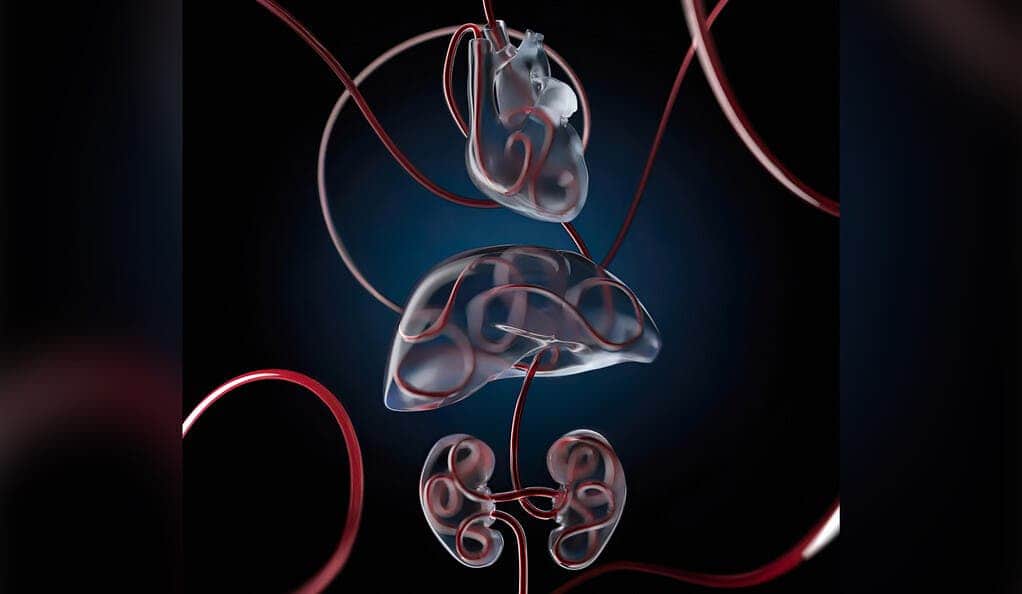
During death, the entire body’s activity grinds to a halt. The heart no longer beats, breathing stops, and electrical activity in the brain is quiet. Within just a few minutes after we reach the absolute end of the line, the body starts to self-decompose through a process called autolysis, or self-digestion. But this process doesn’t necessarily have to happen that quickly.
In a massive breakthrough, researchers at Yale University have devised a cell-protective fluid that restores blood circulation and other vital cellular functions to the organs and tissues of deceased pigs, even hours after their deaths.
The same technology could be applied to human organs in order to preserve and expand their availability for use as donor organs, which are always in short supply across the world.
“All cells do not die immediately, there is a more protracted series of events,” said David Andrijevic, an associate research scientist in neuroscience at Yale School of Medicine and co-lead author of the study. “It is a process in which you can intervene, stop, and restore some cellular function.”
Keeping organ death at bay
In 2019, the same Yale researchers made headlines earlier after they were able to revive a pig’s brain following death, restoring circulation and certain cellular functions using a technology they dubbed BrainEx. If they could restore cellular function to the dead brain, which is the most vulnerable to degradation after the blood supply is cut, the researchers naturally thought they should be able to do the same for other vital transplantable organs. And it worked.
Applying a modified version of BrainEx, called OrganEx, to the whole body of dead pigs, the researchers found that many key cellular functions were still active in the heart, liver, and kidneys even six hours after treatment. For instance, the heart still had electrical activity, meaning it retained the ability to contract and pump blood. The technology involves a device that resembles heart-lung machines, which pump blood and air for a patient during surgery instead of their body’s organs, as well as a special fluid that contains chemicals that promote cellular health, suppress blood clotting and inflammation, and prevent cellular death.
“We were also able to restore circulation throughout the body, which amazed us,” said Nenad Sestan, professor of neuroscience at Yale and coordinator of the project.
The researchers applied OrganEx to six dead female pigs, whose bodies were left alone for an entire hour after death. After the hour had passed, the researchers hooked the dead pigs up to the fluid-circulating machine and pumped their bodies with the special liquid for six hours. The researchers weren’t allowed to keep the pigs hooked up to the machines any longer due to ethical considerations.
Even after all this time, the heart, lungs, liver, and kidneys were still intact and their cells weren’t dying. Many cells were actually burning glucose, which shows they were still metabolically active. Genes involved in DNA repair and metabolism were active, whereas those involved in death and tissue trauma were suppressed.
“Under the microscope, it was difficult to tell the difference between a healthy organ and one which had been treated with OrganEx technology after death,” Yale’s Zvonimir Vrselja said.
The are numerous ways this technology could touch our lives — and, dare I say, even save our lives. It could, for instance, extend the shelf life of harvested human organs meant for transplantation. Currently, livers survive no more than 12 hours outside the body, while hearts and lungs only last 6 hours tops. Additionally, the technology could prove useful in treating organs or tissues damaged by poor blood flow following a heart attack or stroke.
The findings were reported in the journal Nature.









